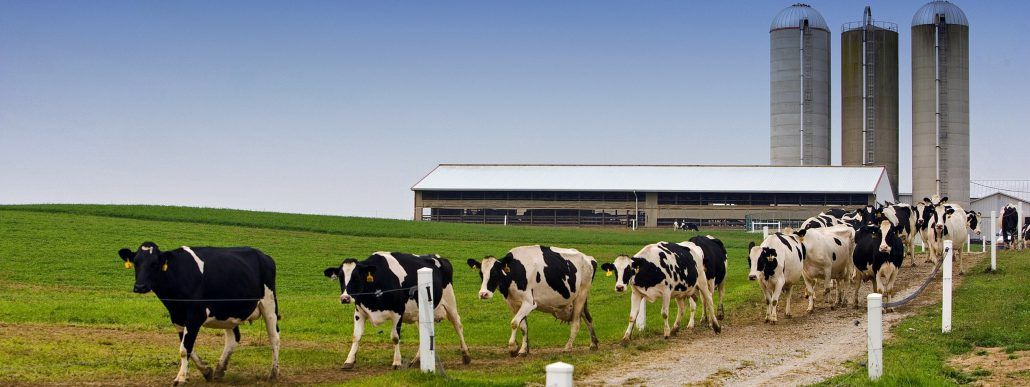A carbon footprint analysis is about figuring out how much greenhouse gases are emitted directly, or are caused to be emitted, by a person or business. In our case we are looking at a farm. Agriculture contributed 6.5% of South Africa’s greenhouse gas emissions in 20101. There have been many things written about greenhouse gas emissions, climate change and agriculture’s contribution to this, which is all very important to consider. I am all for reducing emissions from farming practices to limit the impact that these practices have on climate change. In this blog though, I would like to offer a slightly different perspective as to why consumers should care about a farm’s carbon footprint.
The first thing to consider is that any farmer that is measuring their carbon footprint is taking note of it. People tend to spend time on things that matter to them and farmers are a prime example of this. Therefore, the fact that farmers put in the effort to provide the necessary data to have their carbon footprints measured shows that it matters to them.
Every farmer that I have presented a carbon footprint of their farm to has expressed a desire to reduce it over time. One of the main reasons for this is because a carbon footprint is actually an indicator of broader farm sustainability. Farmers do not have control over all of the sources of greenhouse gas emissions on a farm, for example enteric fermentation (gases that are released from a cow’s stomach). Those practices which they do have control over are, for example, diesel use, electricity use, fertiliser use and feed bought. These are all things which cost farmers money. The more emissions from these sources on a farm, the more money farmers are spending on them. If they can use these things more efficiently, they can make their farming practices more profitable. This also translates into lower greenhouse gas emissions.
Trace & Save encourages farmers to become less reliant on food and fertiliser that they have to buy, and more efficient at using what is already on the farm. An example of this would be if farmers use the grass that they grow on the farm to feed their cows as efficiently as possible, resulting in them needing to buy less feed. This saves the farmer money and results in a lower carbon footprint because there are greenhouse gas emissions associated with the production and transport of any feed a farmer buys. Another example would be for a farmer to reduce the amount of fertiliser that they use by relying on the natural cycling of nutrients by the life in the soil, and by spreading manure from the cows back onto the soil. This saves the farmer money, as fertiliser is expensive, but it also results in lower greenhouse gas emissions from the farm.
I think it is important for consumers to be aware of this so that they can support conscientious farmers. This can be done by supporting farmers that care about the environment, and buying products that have been sustainability produced.
References:
- Department of Environmental Affairs, South Africa. August 2013. GHG Inventory for South Africa 2000 – 2010.
- A carbon footprint assessment for pasture-based dairy farming systems in South Africa - 2024-02-07
- What progress have farms participating with Trace & Save made over the past 10 years? - 2023-09-06
- Carbon footprint reduction over time: Lessons from pasture-based dairy farms in South Africa - 2023-09-04

